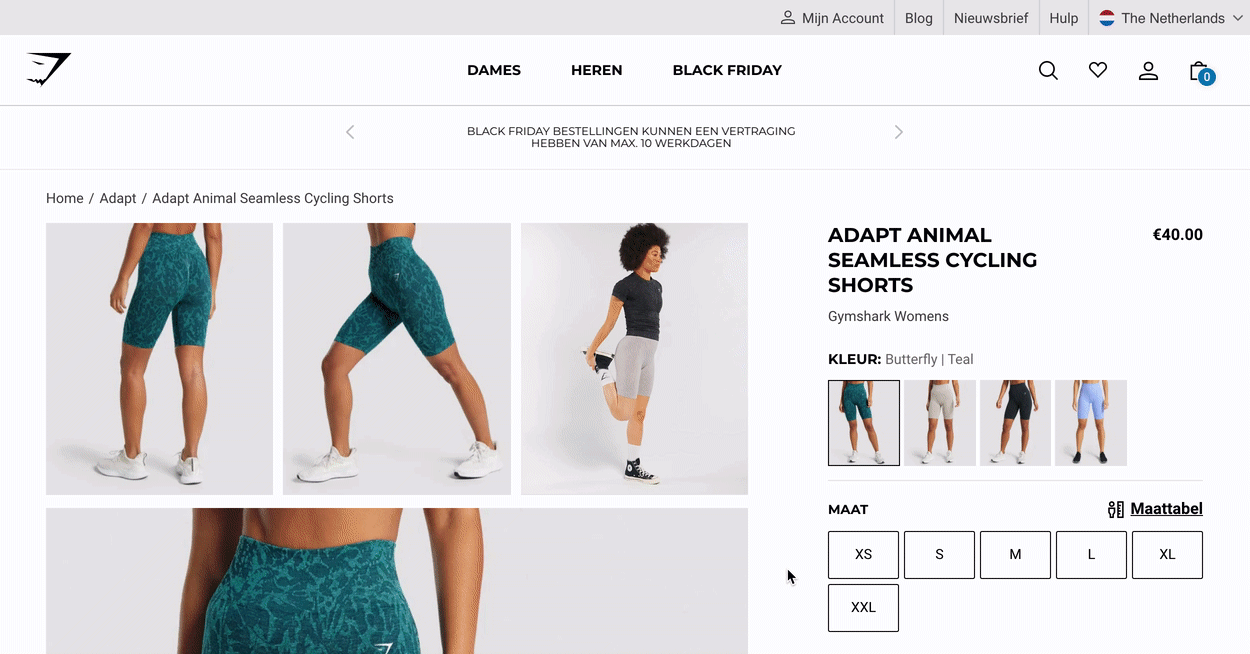

6 ways to leverage recommendations for ecommerce retailers
source link: https://www.algolia.com/blog/product/6-ways-to-leverage-recommendations-for-ecommerce-retailers/
Go to the source link to view the article. You can view the picture content, updated content and better typesetting reading experience. If the link is broken, please click the button below to view the snapshot at that time.

6 ways to leverage recommendations for ecommerce retailers
Apr 22nd 2022
When designing the best-in-class shopping experience on an ecommerce platform, we have to take into consideration the user experience at every touch point. We’ve identified two foundational types of behavior as users discover products on an ecommerce site or app:
- Searching: discovery by entering a query in the search bar on the page
- Browsing: discovery pattern which includes any other activity beyond search, such as navigating to different category pages, clicking on the banners, filtering and sorting the results on the product listing pages, and more
Undoubtedly, Search plays a central role in the end-user experience on an ecommerce website. The impact of effective search solutions on key merchandising performance metrics cannot be underestimated. There are multiple ways in which a Search and Discovery experience on your platform can be enhanced and optimized for various ecommerce user-journey scenarios:
- Adding suggested searches to offer users to choose from the most popular search queries.
- Applying Personalization to ensure that users will always be presented with the most relevant results for their unique preferences.
- Activating AI Synonyms Suggestions to let your users use different words to search for the same products.
- Adding recommendations at every touch point in the customer journey. Search and Recommendations are complementary products. When used together, they are able to provide the best-in-class Discovery experience to the ecommerce platforms users.
Combining Search and Recommendation engine capabilities
In the example below, sporting goods fashion retailer Gymshark is boosting its revenue using Algolia Recommend API powered by machine learning in addition to powering Gymshark’s site with Algolia Search:

Gymshark’s success metrics:
- 150% increase in order rate and 32% “add to cart” rate with new users on Black Friday
- 13% higher order rate and 10% higher “add to cart” rate from returning customers
- 1.4 clicks per user vs. 1.1 with previous solution
To learn how leading ecommerce retailers leverage the AI-powered Recommendations engine’s capabilities to crash their digital merchandising goal: Gymshark adds Algolia Recommend to handle crucial Black Friday period.
Leveraging recommendations at different touch points
Recommendations are the smart way to leverage AI capabilities to increase discoverability, upsell related or frequently bought together products, and increase average order volume and boost revenues.
There are multiple ways to use recommendations on category pages and beyond:
- Home page. When users land on the home page, they are presented with a dynamic product carousel featuring recommended products, that will adapt the recommendations to the user.
- Category listing page or product listing page. Recommendations can be featured on the category pages to increase average order value and items amount per order.
For example, on a category page featuring running shoes, users can see recommendations for products that are frequently bought together with running shoes, such as socks.
- Product description page. Once the user lands on a product description page, they might be interested in being offered similar products or frequently bought together products.
For example, a user clicked on a light blue color t-shirt. They are not sure this product completely matches their style. They notice a similar blur t-shirt under the “similar product” gallery that is exactly what they are looking for and add it to their cart. Additionally, they see a short under the “frequently bought together” gallery that is part of a matching set with their t-shirt, and decide to add this product to their cart, as well.
- Add to cart page. Once the user adds a product to their cart, an opportunity for upsell opens up. AI-generated recommendations can help you offer the right products to match the items your user has already shown intent to purchase.
- Check out page. A checkout page is an additional opportunity to upsell similar or related products using the AI Recommendation engine
For example, a user has added a jean and a blouse to the cart and are now ready to check out. Your store offers free shipping for orders over $99, but this customer’s order falls short of the free shipping minimum. This is an opportunity to suggest additional products, such as matching belts, socks, or hats. This is a win-win situation for the company, gaining more revenue and order volume, and for the customer, receiving a discount in the form of free shipping.
- Email recommendations. Sometimes users abandon virtual carts, show interest in products that are not yet available or temporarily out of stock, or just click on items without proceeding to make a purchase. You are able to re-introduce or remind them about the items that caught their attention by sending them an email recommendation for relevant products using the AI Recommendation engine.
Conclusion
Leveraging Recommendations capability at multiple touch points in the customer journey and combining it with advanced Search capabilities empowers ecommerce retailers to provide their users with a superior user experience on their platforms. Implementing Recommendations helps increase order rates, “add to cart” rates, average order value, and items per order.
To learn how to implement product recommendations on your ecommerce website with minimal effort, view this short live coding video recording.
To learn how to leverage product recommendations on high-importance sales events, such as Black Friday, refer to: How Composable Commerce can boost customer spending during Black Friday and Cyber Week.
For B2B retail Recommend implementations, refer to B2B commerce digital transformation: merchandising and AI optimizations.
Tanya Herman
Program Manager for GTM StrategyRecommend
About Joyk
Aggregate valuable and interesting links.
Joyk means Joy of geeK
